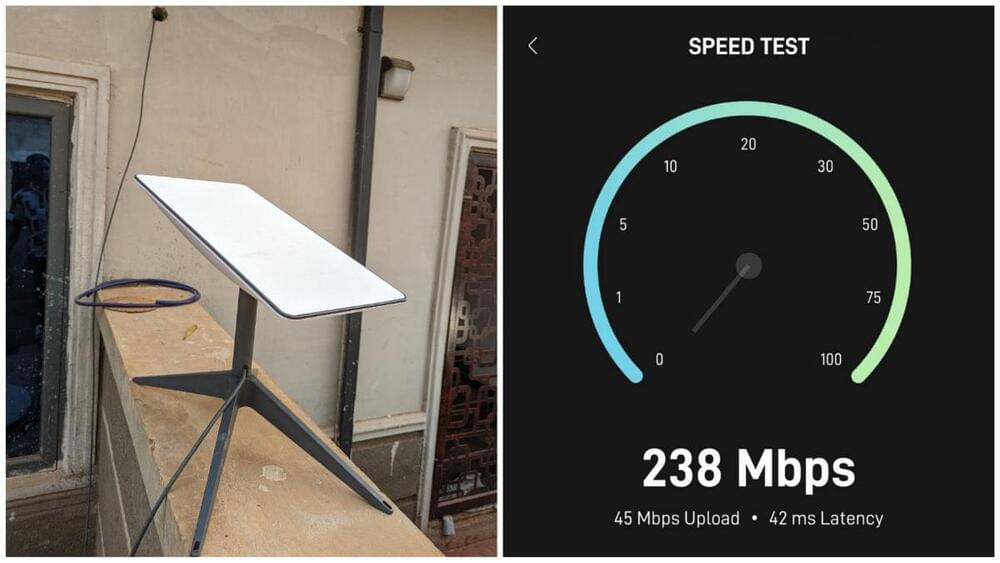Deep Learning AI Specialization: https://imp.i384100.net/GET-STARTED
AI researchers aim to achieve stability, speed, manipulability and a gain in operational height from for the robot by using machine learning and a 3D printed stick on the robot’s hind legs to allow quadruped transformers to become a humanoid biped robot and walk. Quantum researchers designed a machine learning-based method that shows how artificial controllers can discover non-intuitive pulse sequences that can rapidly cool a mechanical object from high to ultra cold temperatures, faster than other standard methods, which could be used to advance quantum computers. Researchers used deep reinforcement learning to arrange atoms into a lattice shape, which could be used to create new materials and nano devices, including a robot arm mate of atoms.
AI News Timestamps:
0:00 Transformers Robotics Tech.
2:39 Artificial Intelligence To Control Quantum Computer.
5:21 New Nano Scale Robot Arm.
#technology #tech #ai






